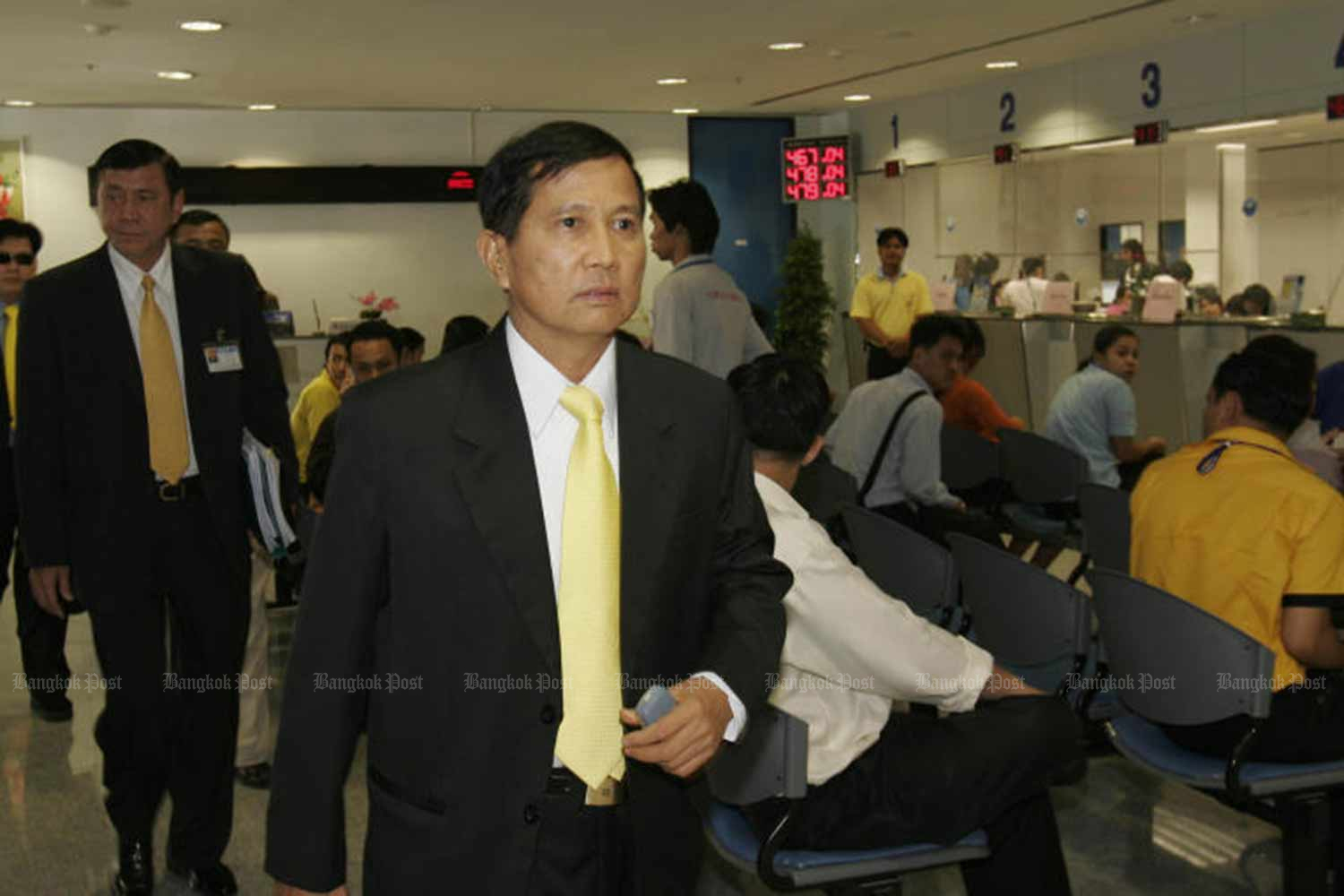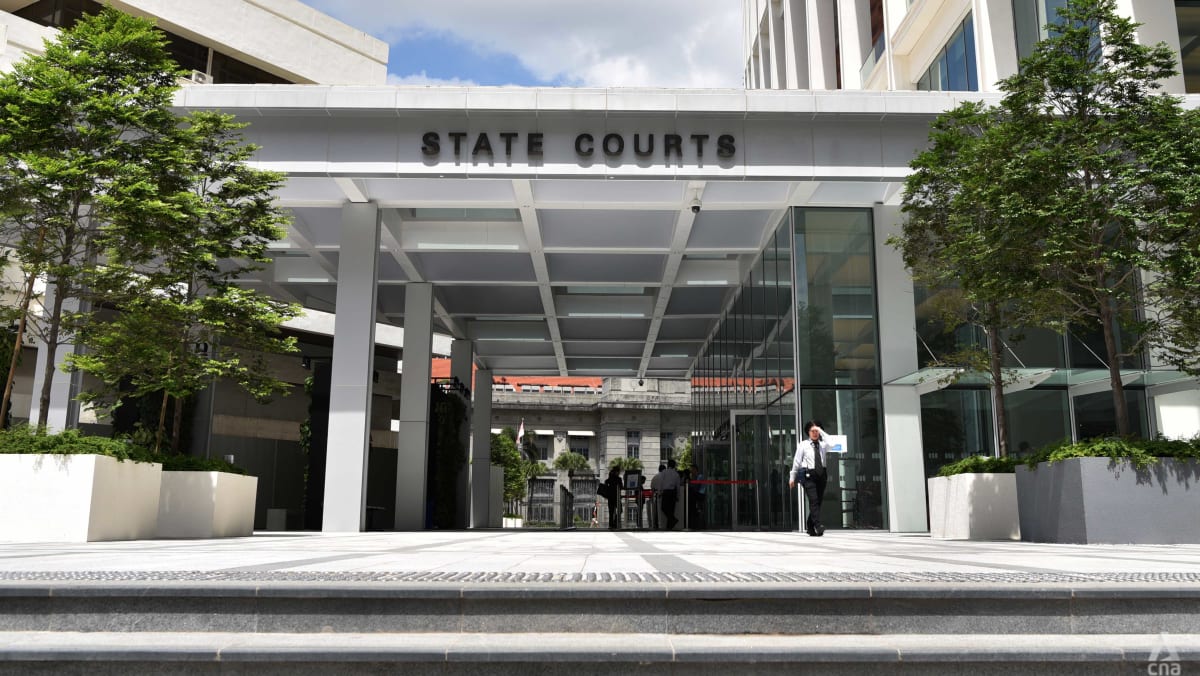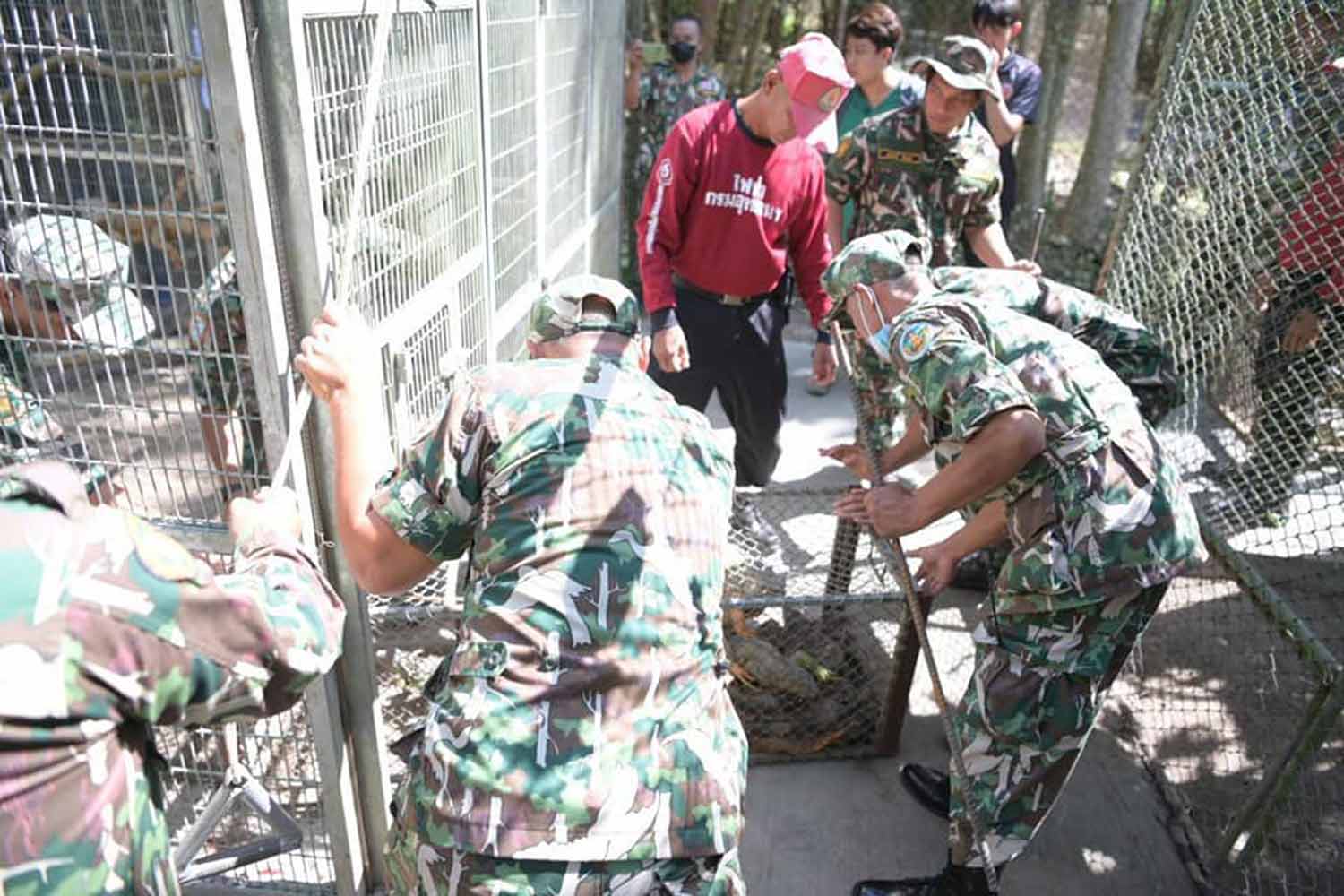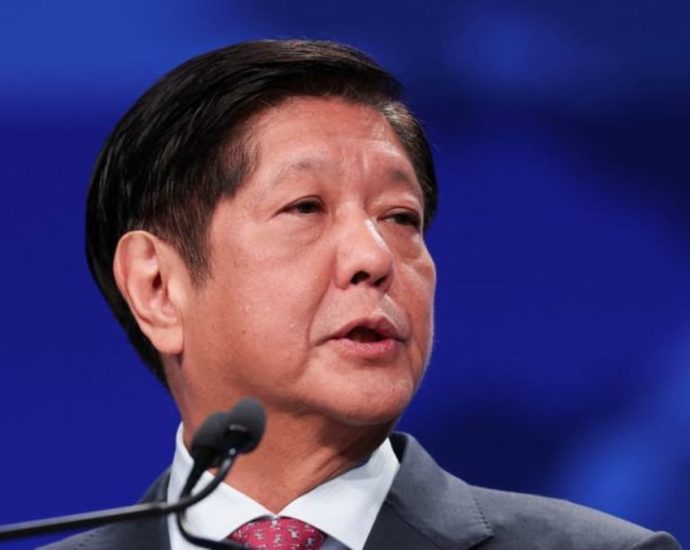Parliament to discuss new laws for President, disruption to public hospitals’ websites
The Constitution of the Republic of Singapore (Amendment No. 3) Bill, if passed, will enable the President to perform such roles when the Cabinet advises that it is in the national interest to accept and hold that role. Also, for the President to take up such roles, they must not be prohibitedContinue Reading



















